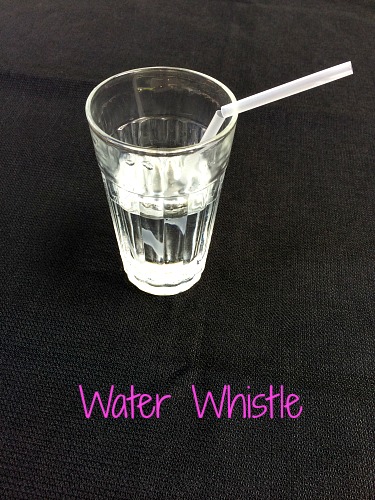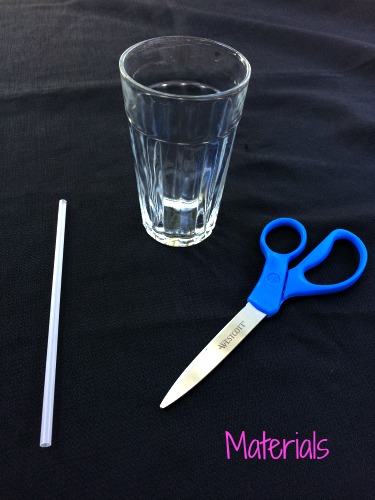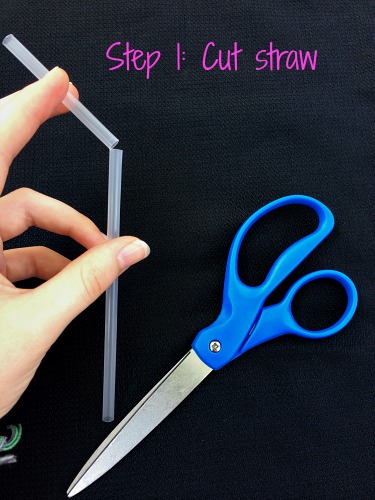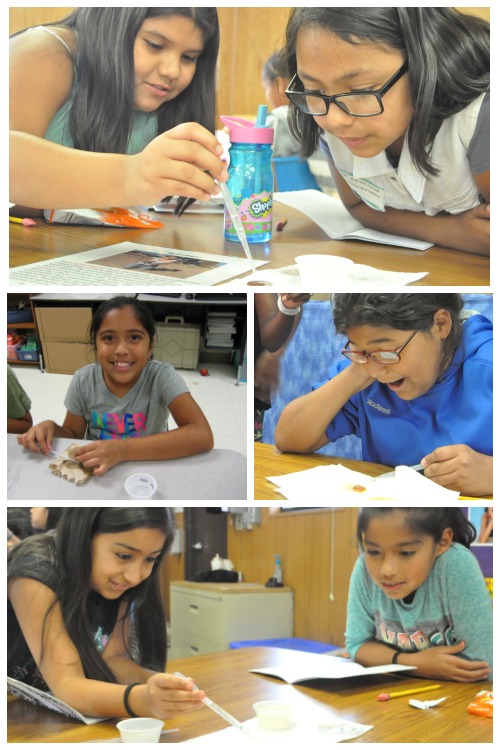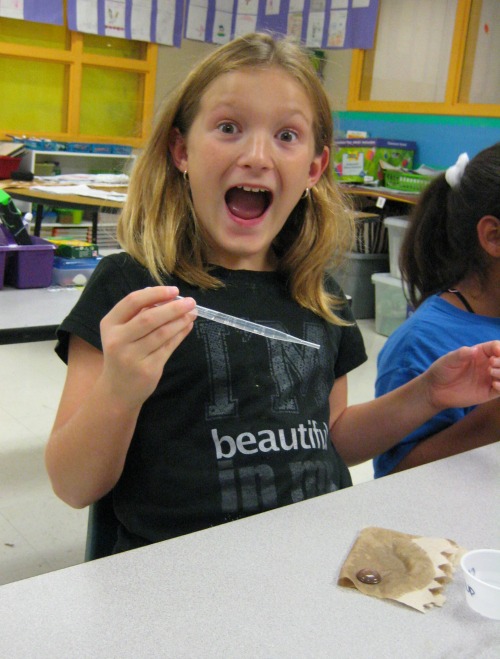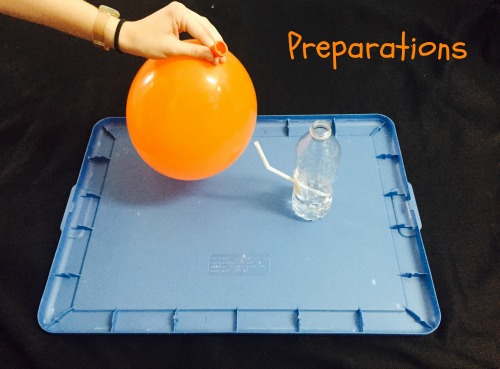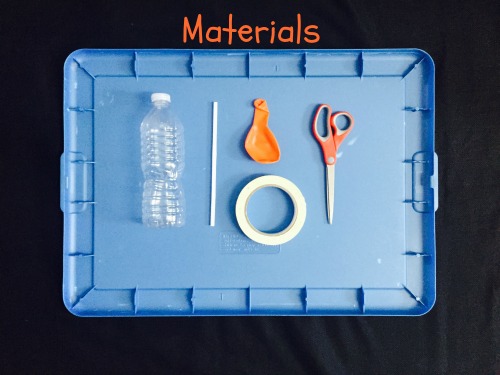Investigating Solubility
Forensic scientists analyze samples used as evidence during an investigation. This week at After School To-Go, students used a similar method to figure out the source of a note, which was written in black marker. Before conducting their analysis, girls reviewed concepts like solubility, solvents, solutes, and mixtures.
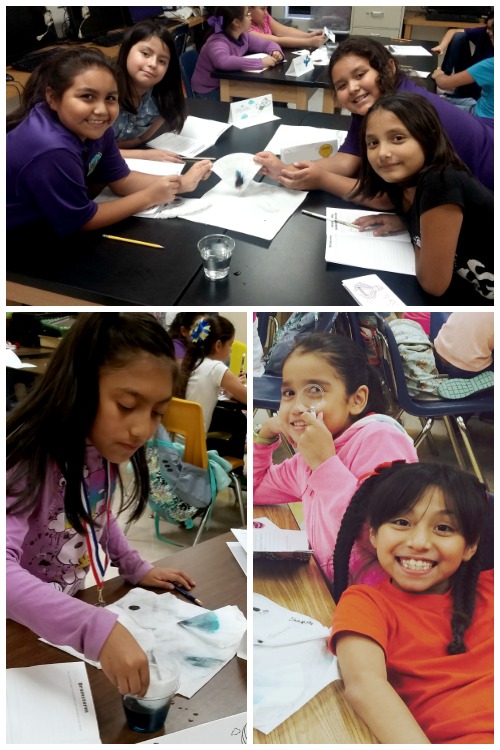
Girls were shown 2 pieces of paper with writing in black marker, they were asked if they could tell which was written with permanent marker and which was in washable marker. It was extremely difficult to tell the difference based on a visual observation alone, so girls were given coffee filters, black markers, and water in order to find the answer. The coffee filters were marked with different black markers then dipped in the water. Because some pigments can dissolve better in water than other, less water-soluble pigments, each marker stain looked unique!
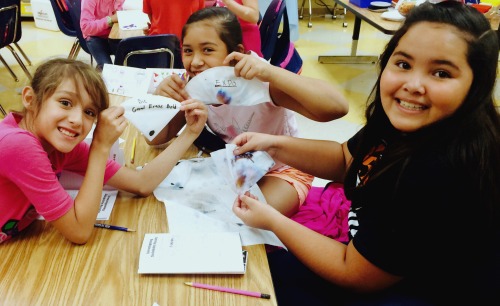
The students then tested their chromatography method on each other by writing notes in black markers and trading them with other tables. By observing the marker stains, each group was able to match the note with the group of girls who wrote it!
